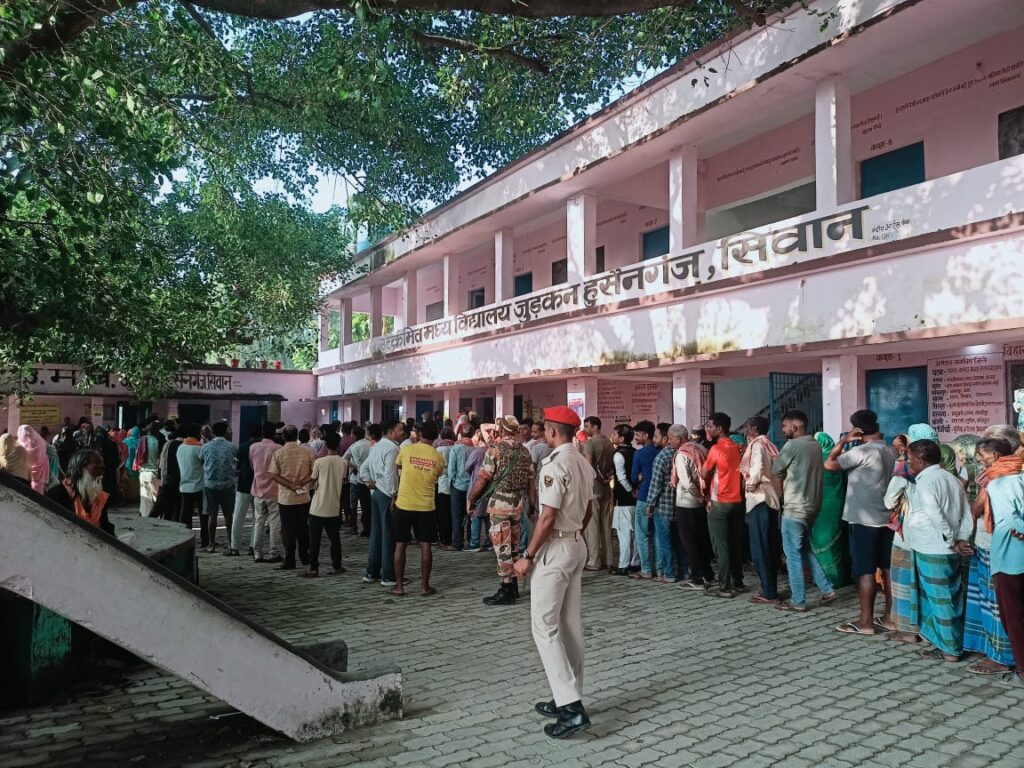The proud voters of Bihar scripted a new electoral history with the highest-ever voter turnout of 66.91 per cent, registered during the voting held on November 6 and November 11 for the 243 seats of the Vidhan Sabha, covering 7.45 crore voters across the state. While Bihar beat its own record since 1951, the state also saw trend-setting initiatives, including the first-ever picture ID cards issued to booth-level officers, the participation of Jeevika Didis, and a much-hyped visit by 16 delegates from six countries to witness the poll in the state.
The first phase, on November 6, saw a massive turnout of 65.08 per cent, while the second phase, on November 11, registered a turnout of 68.76 per cent. Despite the controversy surrounding the Special Intensive Revision (SIR) of voter data, voters turned out in large numbers to decide the fate of political bigwigs.
Capturing some rare moments of democracy’s biggest festival, student reporters of The Voices covered the Bihar Assembly Election 2025, wielding their cameras and pens. The team brings a ground report on the way women lined up outnumbering men as voters, PwD (People with Disability) and elderly voters accorded facilities to overcome odd ends, the dedicated defence personnel and polling staff whose hard work now shines.
Figuratively Speaking:
The state recorded a cumulative 66.91 per cent of voting in all 243 constituencies. 121 of these constituencies covering 18 districts and 3.75 crore voters polled their precious votes at 45, 341 polling stations manned by 4 lakh poll personnel. Of the 3.75 crore voters, 1.98 crore males and 1.76 crore females exercised adult franchise. More than 2 lakh people in the age group of more than 85 years kept their date with the ballot.
Similarly, the second phase covered 122 constituencies comprising 20 districts. A total of 3.70 crore voters cast their votes, including 1.74 crore males and 1.95 crore females. More than half the voters (2.28 crore) are aged between 30 and 60 years. Only 7.69 lakh are in the 18-19 years age group.
Do Migrants Hold The Key?
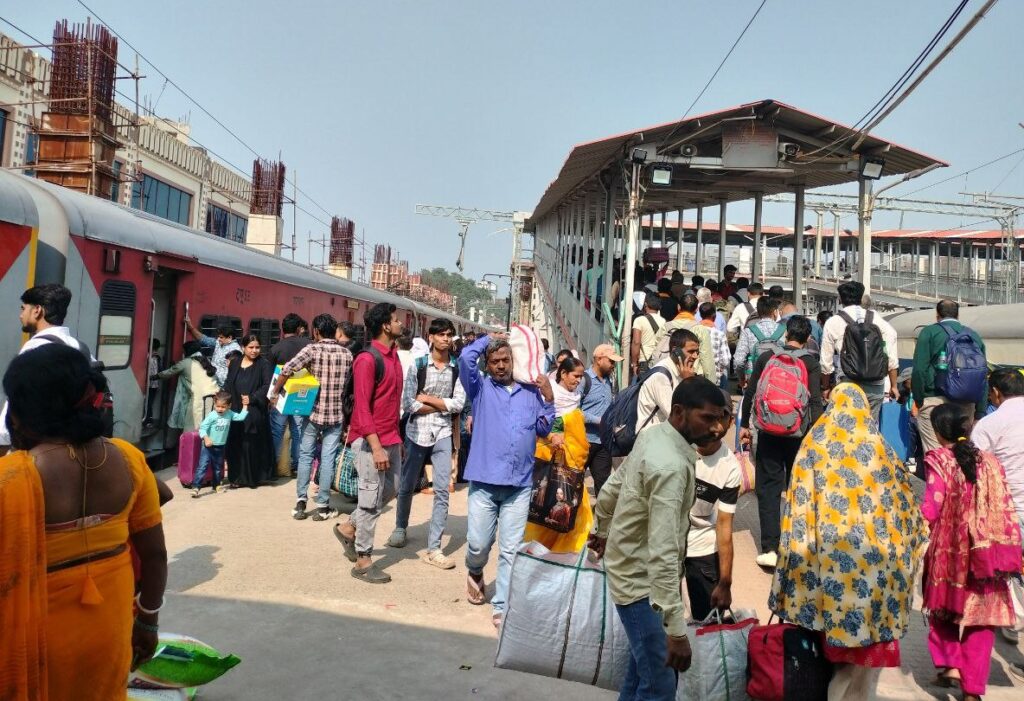
According to post-2021 projections based on census growth trends in the country, around 7.2 per cent of the estimated Bihar population—approximately 93 lakh—are migrants. The elections this time have coincided with the Chhatth Pooja, during which it’s believed that many migrant Biharis stayed back to cast their votes.
For the elections, the Election Commission, along with the Ministry of Railways and political parties, coordinated and operated special train services to assist migrant Bihari workers in travelling back to their homes to vote. This has fuelled the voter turnout in the state.
Around 32 special trains were deployed from key industrial hubs and major cities, including New Delhi, Delhi Junction, Anand Vihar, Panipat, Sonipat, Shakur Basti, Hazrat Nizamuddin, Shamli, Ghaziabad, and Rohtak, to Bihar for the first phase of the election. Migrant workers, employed in factories and other industries in these locations, boarded these special trains to reach Bihar, especially to cast their votes.

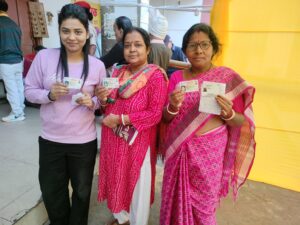



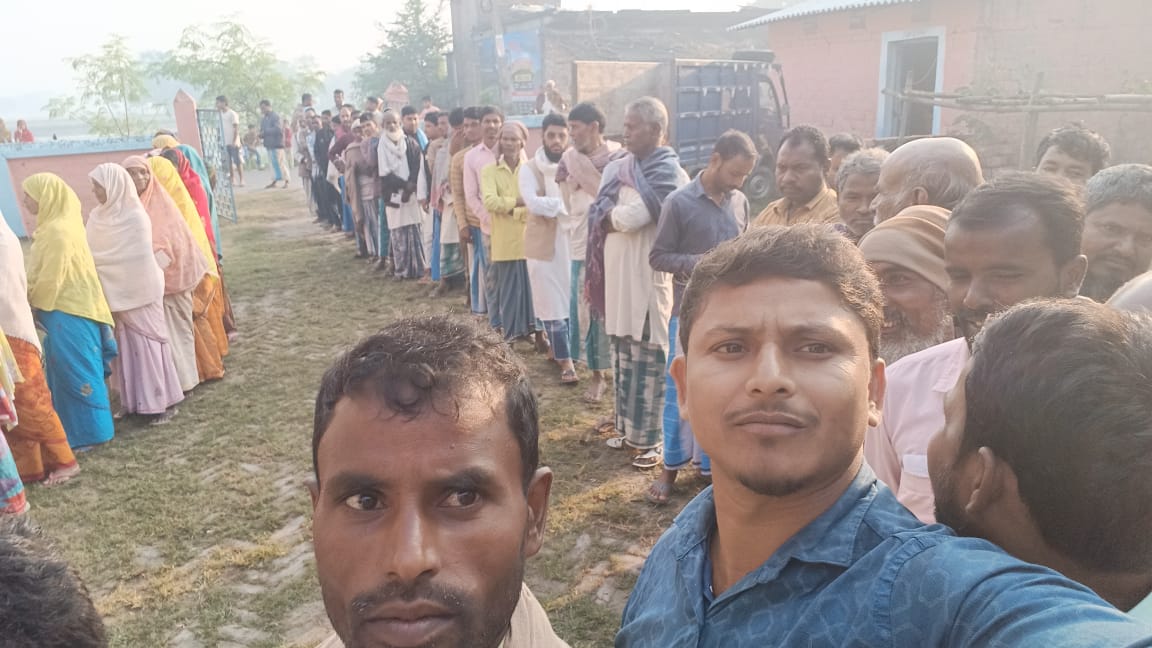
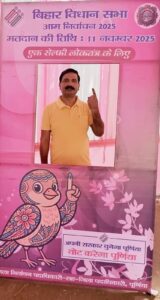
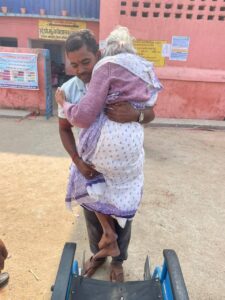
Women Voters Outshine Men
A family from Patna votes
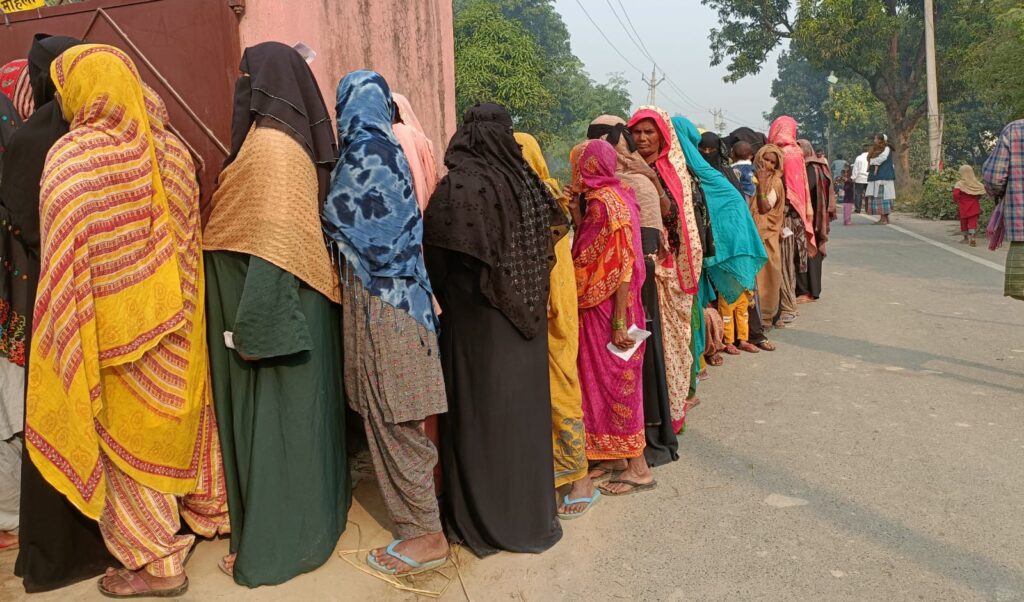
Massive participation of the women electorate defined this election. The turnout among women was 71.6%; whereas for men, it was 62.8%. This 8.8 per cent difference translates to the fact that women are no longer hidden behind the ghoonghat. Rather, they wield the stick as a feisty way of registering their presence in the making of a government.
Despite male electorates being larger in number, women made a significant impact. As per the Office of the Chief Election Officer, Bihar, 3.93 crore men and 3.51 crore women are registered as voters. Women were 47.2% of the electorate, but they cast 50.4% of the votes. Speaking mathematically, the gender ratio of actual voters turned out to be 1,018 women for every 1,000 men.
The Jeevika Didis
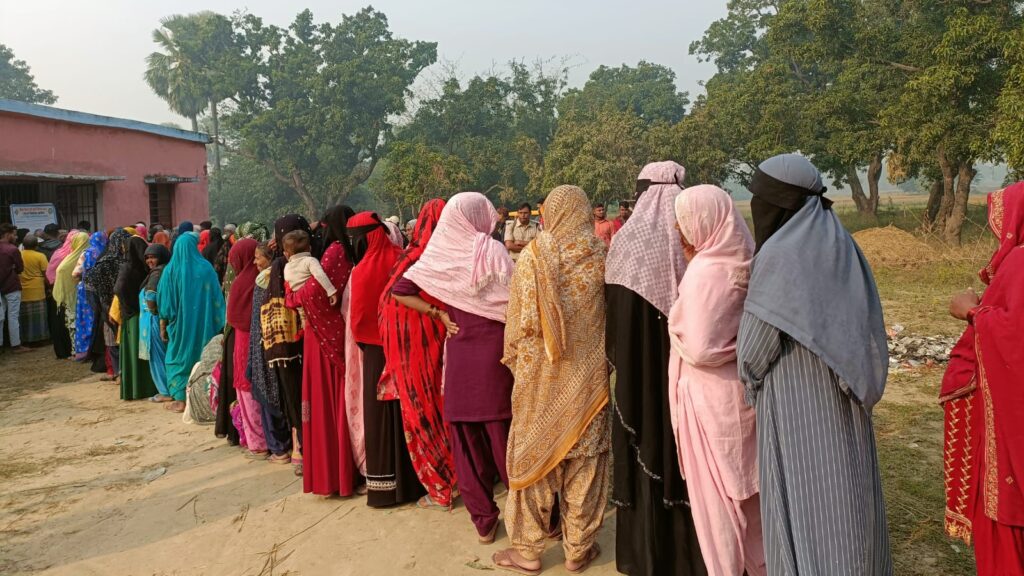
Over 1 lakh rural volunteer women are enrolled in the Bihar Rural Livelihoods Project as Jeevika Didis. They have also been instrumental in encouraging women voters to leave their homes and motivate them to queue outside polling stations. Jeevika Diids are rural, empowered women working in self-help groups, making their members financially sustainable in a state where income has been meagre. Buoyed by their roles as Jeevika Did – the women seemed to have confidently flocked to the polling booths, setting the EVMs beeping. These newly economically empowered rural women are being seen as a game-changer behind the high voter turnout among women.
Muslim and Scheduled Tribes Voting Pattern:
The Muslim population in 32 constituencies of the state is concentrated in the north-eastern areas of the state, specifically in Seemanchal.
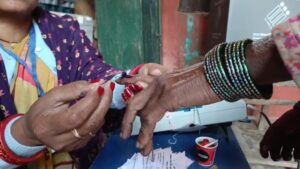
The Koshi regions and the two ST reserved constituencies, Manihari and Katoria, also showed interesting voting patterns.
32 Muslim majority areas recorded 71.9 per cent. This represents an 11 per cent increase from the 60 per cent registered in 2020. Similarly, the two ST-reserved seats saw an even steeper rise, with turnout increasing 13 percentage points to 75.2 per cent.
PwD, Elderly Voters Get Facilitation to Cast Their Vote
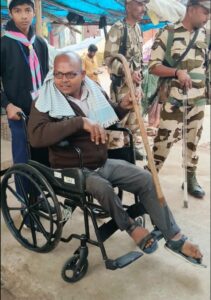
There are 8.5 lakh PwD (People with Disability) Diyangjan voters registered with the Election Commission in Bihar. In order to facilitate frictionless voting for PwDs, all polling stations were provided with wheelchairs and dedicated volunteers. Also, the E-Rickshaw facility was provided to assist PwD voters to reach their polling stations on time. The Election Commission of India mandated accessible polling and facilitation measures uniformly across all districts of Bihar for the 2025 Assembly elections.
Delegates from six nations observe Bihar polls
As part of the International Election Visitors’ Programme (IEVP), 16 delegates from six countries — South Africa, Indonesia, Thailand, the Philippines, Belgium, and Colombia — witnessed the poll proceedings. The delegates commended the Bihar elections as being internationally one of the most well-organised, transparent, efficient, and participatory elections, according to the ECI spokesperson.

Muslim and Scheduled Tribes Voting Pattern:
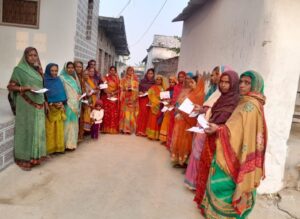
The Muslim population in 32 constituencies of the state spread in the north-eastern areas of the state, namely Seemanchal and Koshi regions, and the two ST reserved constituencies, Manihari and Katoria, also came out with interesting voting patterns.
32 Muslim majority areas recorded 71.9 per cent. This represents an 11 per cent increase from the 60 per cent registered in 2020. Similarly, the two ST-reserved seats saw an even steeper rise, with turnout increasing 13 percentage points to 75.2 per cent.
Bihar’s record voter turnout has strengthened the institution of voting and set an example for others to emulate. On November 14, the votes sealed in EVMs will reveal who the people of Bihar will hand over the reins of the state to.
Copy Editor: Megha Mann

